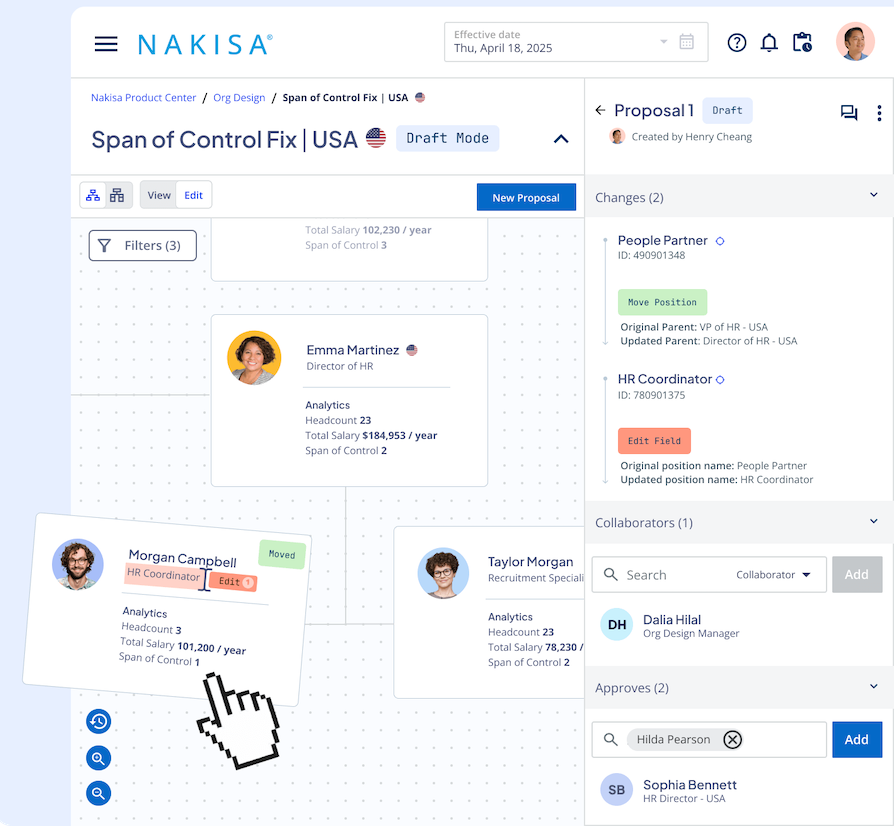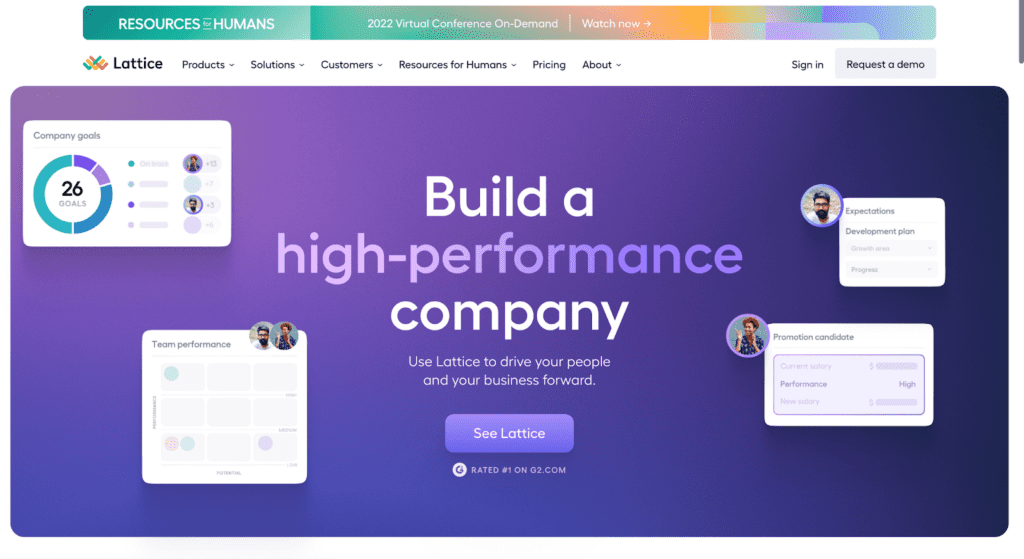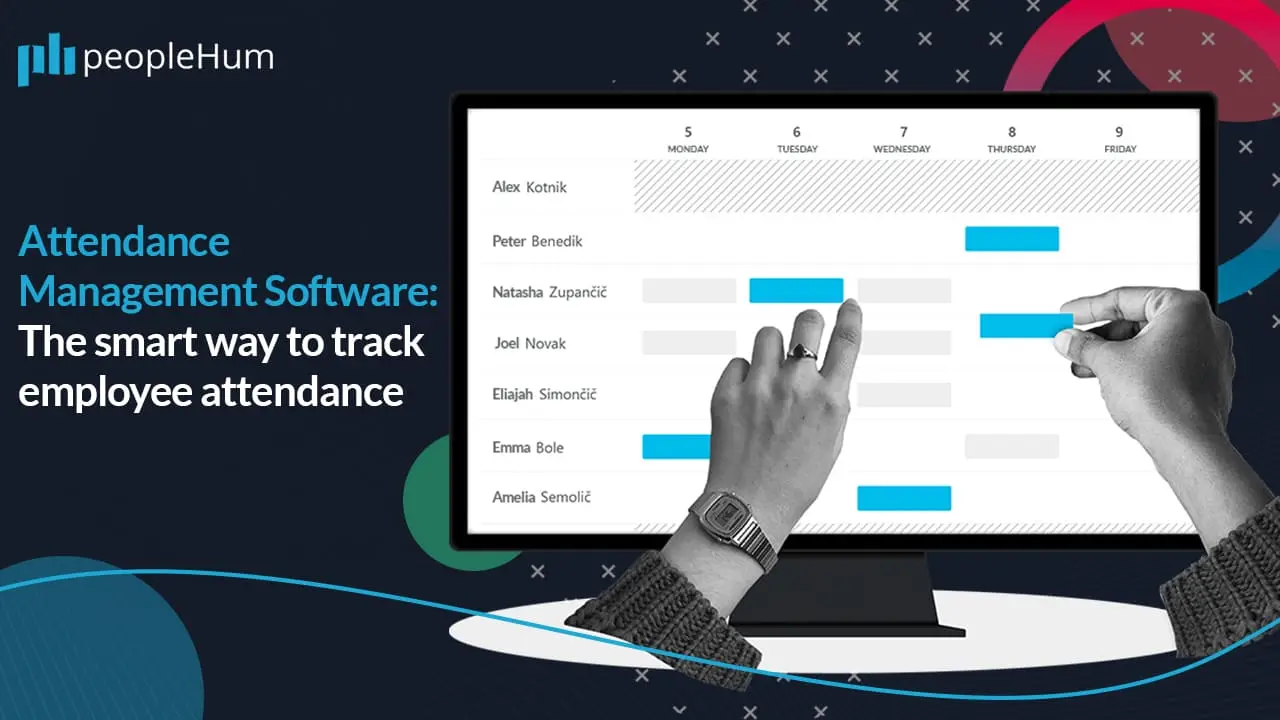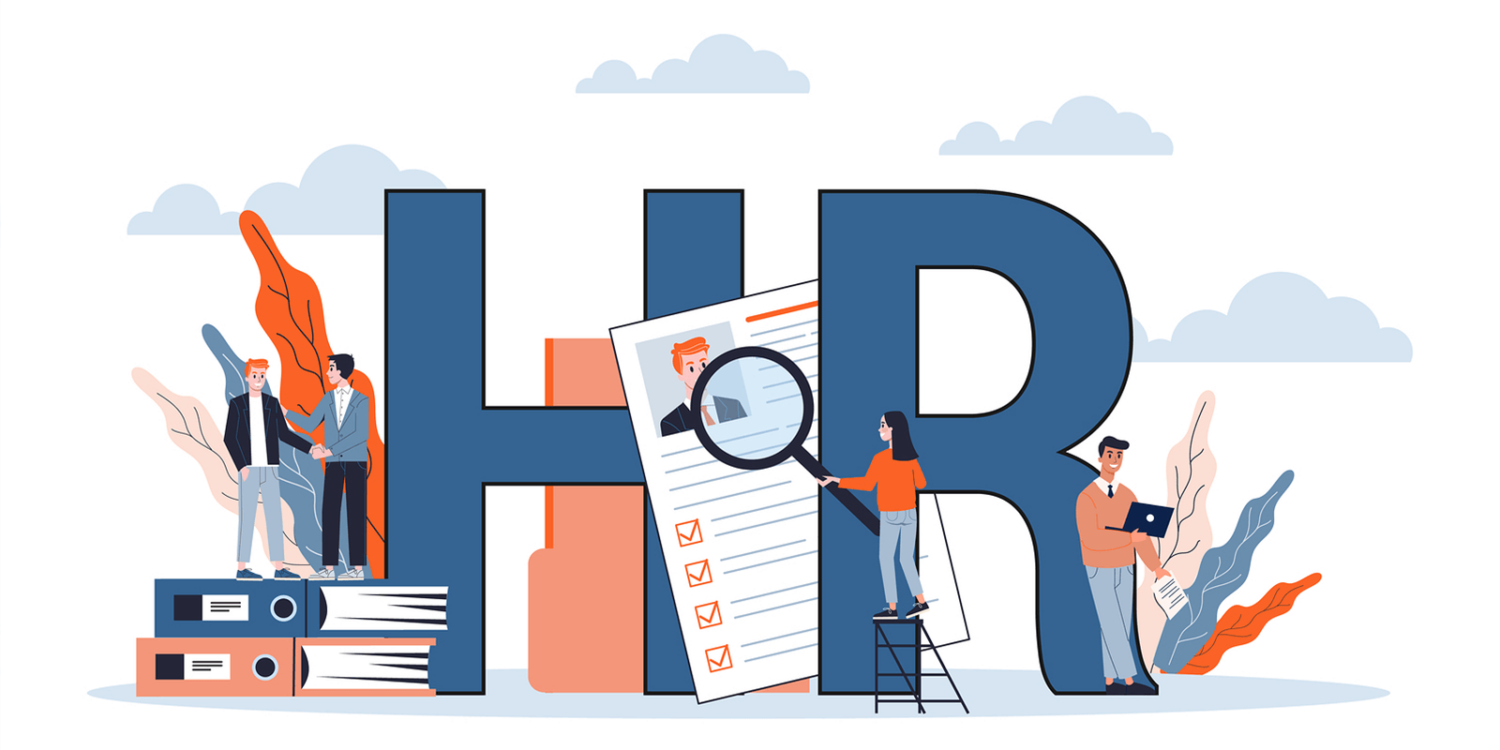People analytics software is transforming how HR teams and leaders make strategic decisions. Today’s fast-paced business landscape demands data-driven insights to optimize workforce planning, talent management, and employee engagement.
Imagine having the power to predict future trends, identify talent gaps, and improve retention rates. With the right people analytics tools, you can unlock valuable insights from your HR data and make informed decisions that drive business success.
If you’re still relying on manual data analysis or outdated spreadsheets, you’re missing out on valuable opportunities. In this article, we’ll explore the top people analytics software that are empowering HR professionals to become strategic partners in their organizations.
Crunchr
Crunchr HR analytics software stands out for centralizing an organization’s HR data from different systems, from applicant tracking, payroll software, human resource information systems, and others, to create a single analytic platform.
The result is a people analytics tool that’s easy to use and delivers meaningful insights offered via intuitive pre-built under-interfaces that even new users can quickly adaptto. The tool’s analytics dashboard is customizable, meaning users can create company or industry-specific mini-dashboards to show only the most relevant information, besides quickly downloading and sharing reports.
Crunchr provides workforce planning tools that HR managers and business owners can use to create and monitor their individual HR strategies and track set goals. The tool features an exceptional user-friendly goal-setting wizard ideal for predicting workforce needs based on a company’s strategic objectives.
ChartHop
While ChartHop is among the newest entrants in HR analytics tools, it’s quickly become a force to reckon with. The platform is famous for its user-friendly interface and reporting tools that present HR analytics in a visual format.
ChartHop is excellent for tracking metrics over time using easy-to-understand charts and graphs. The tool offers real-time reporting functionalities and performance management capabilities that rhyme well with HR managers. Moreover, a dynamic 1:1 feedback form enables individual team members to communicate regularly about their feelings on general performance.
Additionally, ChartHop has tools for conducting customizable surveys using fresh data collected from employees besides comparing it with existing data.
Qualtrics
Qualtrics is a robust HR analytics tool featuring a dynamic survey tool that helps reveal employees’ feelings about a company’s entire HR process.

The device is well-designed to address issues in areas like planning, engagement, and overall productivity, besides facilitating addressing gaps and problems you will identify through the surveys.
For example, if you plan to improve your benefits process through analytics, you can discover what employees enjoy about them. A key advantage of Qualtrics is the provision of highly actionable reports, such as identifying factors that impact engagement at different points in employees’ life cycles.
Qualtrics helps HR managers customize engagement strategies to address fundamental issues that could be causing disengagement.
Nakisa
Nakisa is ideal for large enterprises seeking a streamlined approach to people analytics and workforce planning.

Nakisa Workforce Planning Portfolio includes org chart, organizational design, headcount planning, and skill-gap analysis functionalities to enable HR teams and line managers to analyze and shape their workforce effortlessly. Enjoy seamless bidirectional integration with SAP, Workday, and Oracle to centralize HR data and automate data management. Nakisa simplifies reporting with pre-built reports, robust filters, and customizable dashboards. Plus, with its cloud-native architecture, Nakisa offers unmatched scalability, security, and configurability for large enterprises.
Trusted by over 1,100 enterprise clients and serving 6.6 million users across 135 countries, Nakisa is your go-to vendor for enterprise-grade software solutions.
Lattice
With Lattice, collecting, analyzing, and visualizing employee data is like walking in the park.

This HR analytics tool integrates AI capabilities to offer insights and open-ended comments that facilitate a more profound understanding. HR managers can easily customize the tool’s visualizations to pinpoint high and low performers within the organization and individual behavioral trends.
Besides, Lattice goes further than its competitors by offering ideas, action plans, and real-time results tracking to improve the employee experience. Additional features include meeting recordings and review templates with sample survey questions.
Tableau
Tableau is among the market’s most popular people analytics and business intelligence tools because it offers various solutions to business needs.
The HR analytics software leverages robust analytics to give HR leaders valuable insights on recruiting, employee retention, compensation, and diversity inclusion.
The tool’s intuitive user interface has made it popular with large organizations and educational institutions to identify gaps in their workforce candidate pools from available data. The tool offers a variety of dashboards to help garner information that can help increase employee retention and hiring from different desired demographic areas.
PeopleHum
The cloud-based PeopleHum HR analytics covers a wide range of employee dynamics, from hiring to retiring and everything in between. The software is feature-rich, offering solutions such as employee engagement and performance management and options to tailor available tools for industry-specific requirements.

The AI-powered tool facilitates automation and analytics via a clean user interface with features like automated onboarding, applicant tracking, and collaborative hiring functionalities. The tool enables HR managers to input employee information like time and attendance, leave periods, and shifts using several self-service tools.
PeopleHum has an integrated performance management system with tools for setting employee goals, custom review cycles, feedback templates, etc.
UKG Pro
As a cloud-based HR management system, UKG Pro uses actionable data to help organizations enhance their recruiting performance.
With UKG, HR professionals can easily identify the right candidate for each open position as it creates an individualized candidate-centric recruiting procedure, meaning the selected candidate is less likely to abandon ship, thereby helping to manage candidate pools.
UKG Pro presents a straightforward recruiting dashboard showing your most successful job posting and the best channels for sourcing candidates. The tool is especially ideal for medium and large-scale companies where large-volume hiring is the order of the day.
Knoetic
The Knoetic workforce analysis tool is designed with custom dashboards to help HR managers oversee employees and all attendant matters.
The people analytics tool uses resources from different data sources, including human resource information systems, to create an all-around view of employee data. The software enables HR managers to easily slice and dice data to retrieve important insights that facilitate better decision-making.
Knoetic can analyze large data sets to predict which workers are likely to depart. It can also uncover the significant reasons a business is experiencing attrition to improve employee retention. Custom dashboards, talent tracking, and data-driven insights are the tool’s bestselling points.
One Model
One Model is all-inclusive HR analytics software designed to assist HR managers in properly utilizing their employee data. The tool highlights the ability to take a mountain of data and digest it to generate actionable insights for proper decision-making.
One Model is flexible enough to contextualize data sources and facilitate hassle-free integration with other data sources like customer experience, labor market, sales, and financial reports to support people analytics extensively.
One Model stands out among the giants for its vast array of third-party integration capabilities and the ability to connect with survey tools and forms to collect data. Moreover, the tool’s AI-powered capabilities mean it can easily extract data for analysis and offer meaningful insights for precise talent management and workforce planning.
Workday
Workday is an HR analytics tool that integrates the human resource aspect with planning and other analytics to provide a 360-degree experience for different use cases.
The software offers customizable services such as sales operations, education management, and billable time, making the HR suite ideal for medium-sized to large corporations intent on keeping up with their growth.
The tool’s primary features include analytics and reporting for tracking HR progress and workflow automation as it quickly digests frequently changing large data sets from companies with thousands of employees.
Visier
Visier is a renowned AI-powered people analytics tool for analyzing HR data and offering actionable insights and tailor-made recommendations. The platform is ideal for companies interested in taking action-based insights to generate action plans.
Visier offers predictive analytics that helps resolve HR issues, such as examining employees’ likelihood of departing. Moreover, the tool can design individualized career progression roadmaps showing how employees can grow within the organization by mapping out an employee’s internal job history.
This tool is ideal for predicting a prospective future path, which could become instrumental in facilitating workforce planning or initiating conversations about career advancement. The best thing about this tool is its ability to identify workers most suited for promotion and ensure no deserving worker feels left out.
The Importance of People Analytics Tools
Also called HR analytics, people analytics involves collecting and transforming HR and organizational data into actionable insights to advance business practices. It’s an open secret that people are the center of any business because a company’s employees deliver services, create products, and solve any emerging issues.
With well-developed people analytics, HR professionals have the information they need to make data-driven decisions that impact a business’s most important asset – the employees.

HR analytics play a significant role in helping businesses, HR professionals, and people leaders make decisions to enhance employee potential and deliver the desired business outcomes. The good news is that you don’t have to be a professional people analyst to employ people analytics.
The common denominator among organizations that reach and surpass their targets is their ability to place these insights in the hands of more leaders within the enterprise. When used correctly, HR analytics helps employees outperform those that don’t, besides delivering higher returns on investment and more significant profit margins.
People analytics involves retrieving raw data from an organization’s digital HR tools and applying procedures, calculations, and machine learning tools to create graphs and charts that leaders will use to make informed talent decisions.
These analytics differ from transactional reports because they can use and process new and old data and apply artificial intelligence (AI) to deliver actionable insights. As a result, while accounts provide data, analytics show actionable results that are helpful to HR teams.
How HR Leaders use Analytics to make Decisions
HR professionals must make decisions that impact people every day across organizations. People analytics helps simplify decision-making by giving leaders insights and facts that will back up their instincts. Decisions based on facts provide data-driven strategies that will help the organization grow.
HR analytics help answer essential questions besides those you may not have considered. Moreover, this helps HR professionals to avoid unintended biases that often lead to bad business decisions.
HR analytics enable people managers and business owners to make better-informed decisions by answering questions such as whether there’s a need to hire more people, who may be quitting, or who needs a promotion, all of which are important during hiring or compensation or promotion reviews.
Analytics also help mitigate risks and ensure compliance when combined with learning and development programs.

Suppose you’re looking for a good HR analytics tool. In that case, you want to use one that goes beyond the usual recruiting metrics like “offers accepted here” or “time-to-fill”, as they don’t answer strategic questions regarding the value and quality of people. The best tools are those that facilitate change and help to improve other aspects of the business, including:
- Improve talent acquisition by identifying candidate qualities that produce quality talent and facilitate more innovative hiring.
- Deal with turnover challenges by identifying employees and specific groups at risk of leaving even before they get hired.
- Track industry-specific metrics, including diversity ratios, at all stages of the hiring funnel to enable sharing progress and getting ahead of risk areas.
- Track performance rewards to ensure they correlate with performance levels and determine if they effectively reward performance.
- Analyze career paths and plan for success so you can develop current employees to meet the organization’s future needs and calculate the cost of your workforce for plans.
- Analyze the amount of time it takes for employees to become productive so you can maximize the company’s learning investment and choose the best training programs.
HR management is now invaluable in any company’s organizational operation, as it remains responsible for developing and maintaining a high-quality workforce.
Conclusion
Implementing a people analytics tool within your organization will help your HR team function at full throttle. You, therefore, want to choose software that is not only data-driven but also easy to customize, as it will enable you to get the most out of your old and new data.
Also, ensure that your preferred HR analytics tool will use raw data to provide information with actionable insights so you can take the right actions for your workforce. When making your final choice, always consider the variety of features offered and remember to go for software that goes beyond the simple functions of recruiting.
There’s something available for every budget, so get affordable, customizable, easy-to-use, and intuitive software for easy learning.

